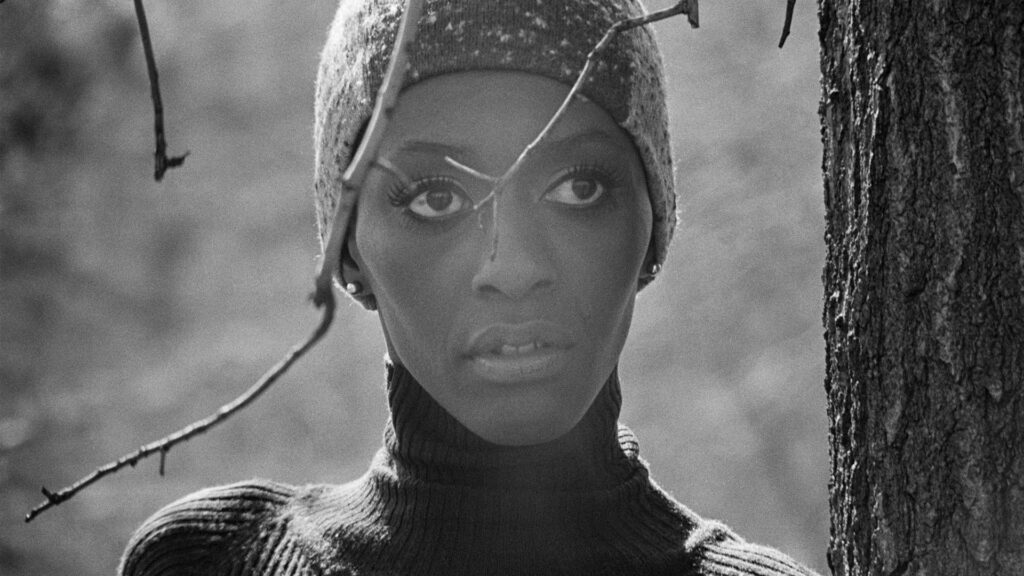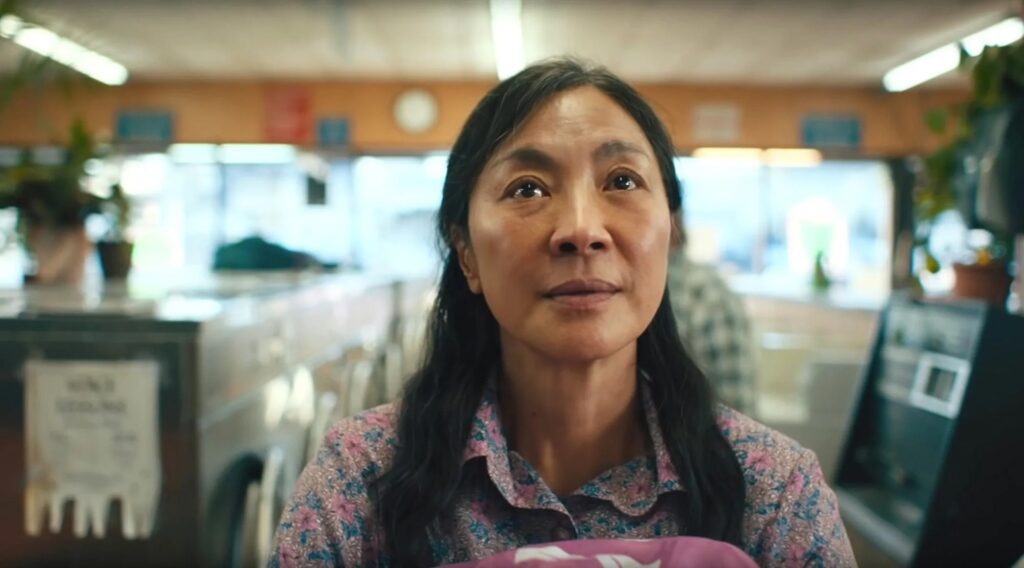First and foremost, I was motivated to write “Independent Stardom” by the talented women who are the subjects of my book, the female stars of Classic Hollywood in the 1930s. From a young age, I have been captivated by the screen presence of Clara Bow, Katharine Hepburn, Carole Lombard, among others, however, my book research set me on a path of discovery, whereby I discerned that these womens’ careers were as compelling and innovative as their talented work on-screen. They freelanced from studio to studio, they bargained to choose their scripts, costars and directors, and they negotiated for impressive salaries by earning a cut of their box office profits. Moreover, they out-paced their male counterparts as the innovators of this “independent stardom” approach in Hollywood.
I aim to honor their legacy by unearthing their trend-setting careers, as well as their films, for new fans and students of film history who may not be familiar with their work. More importantly, I think the book offers important strategies for contemporary Hollywood. There has been much scrutiny about Hollywood sexism for women both in front of and behind the camera in the press in 2015–16. In some ways, this scrutiny traces back to the studio-era of Hollywood, as the commonly accepted popular narrative is that women were eclipsed by their male co-stars, that Hollywood ignored women audiences by not developing strong female characters, or that actresses were exploited victims of an oppressive studio system. While these criticisms are largely echoed today, it was not at all the case for these freelance actresses working in the 1930s. I hope that readers will emerge with a new understanding of women and the vital role they played both on and off-screen in Hollywood cinema after reading my book. By tracing the freelance phenomenon among American film talent back to the 1930s, my book rethinks standard histories of Hollywood to recognize female stars as creative artists, sophisticated businesswomen, and active players in the then (as now) male-dominated film industry. If we understand Hollywood’s past more clearly in terms of the creative and innovative contributions that women made in American cinema, this has the potential to change the way we conceive of the industry now and shape its future.
The following is an excerpt from the introduction of “Independent Stardom”:
Independent Stardom Is Born
By the late 1930s, the actress Carole Lombard had achieved A-list film stardom through what appeared to be an unconventional path in the Hollywood studio system: freelancing. As a freelancer or “free agent” (in the industry parlance of the time), Lombard chose her own film projects and negotiated individual deals with multiple studios. Moreover, her freelance contracts contained numerous provisions that guaranteed her creative control over her career and star image. She retained the power to choose the director, cinematographer, costar, producer, screenwriter, story, costume designer, makeup artist, hairstylist, and even her publicist. She also negotiated a “no loan-out” clause, meaning the studio could not outsource her contract to another studio.
In addition to ensuring that Lombard was one of the highest paid actors of the period, these provisions enabled her to reach the apex of her career. She cemented her reputation as Hollywood’s top comedienne in “Nothing Sacred” and “True Confession” (both released in 1937, the first directed by William Wellman and the latter by Wesley Ruggles) while also establishing her ability as a dramatic actress in “Made for Each Other” (John Cromwell, 1939). All of these films were part of three-picture deals that she negotiated concurrently with Paramount Pictures and Selznick International Pictures (SiP). By the time she negotiated with rko Radio Pictures in 1939 for another freelance deal, Lombard not only earned $100,000 per film but also got a cut of her film’s box-office profits. Reflecting her unusual status within the industry, Lombard’s high earnings and professional accomplishments appeared to generate as much public interest as her love affair with Clark Gable (who became her second husband). Indeed, in 1939, the popular film fan magazine Photoplay extolled the actress’s freelance achievements before her personal life, noting that Lombard “freelances, she draws approximately one hundred thousand dollars per picture, plus profit percentage. Last year her income totaled nearly half a million, and, in addition, Hollywood’s most box-office screen lover [Gable] is also [the] number one man in her life.”
Lombard was in the vanguard yet again when in 1940 she and her agent, Myron Selznick, crafted a “contract like no other” with rko that included a new profit-participation deal. For her last two films in this agreement, the actress relinquished her $100,000 flat-rate fee in exchange for a $25,000 advance against her projected $150,000 interest in the film distributor’s gross, which equated to instant earnings for the actress as soon as these films were released. This “percentage deal” contract, personally negotiated by Selznick and rko president George Schaefer, also included a number of specific terms such as story approval and a billing clause that she could only costar with an established leading man; it specifically designated the fourth picture as a “Lombard-Hitchcock” collaboration (“Mr. and Mrs. Smith” in 1941, the only Hollywood comedy directed by Alfred Hitchcock).
Perhaps the most interesting aspect of Lombard’s new percentage deal was how it safeguarded the actress’s gross earnings from Hollywood’s monopolistic distribution and exhibition practices. Her 10 percent share included earnings from both domestic and foreign box-office receipts, including any specialty (i.e., higher-priced) road-show screenings at rko theaters, and an arbitrated share of the studio block-booking packages of her films. Her renegotiation proved to be a worthwhile financial move, with her total earnings amounting to approximately $133,000 for Mr. and Mrs. Smith and $91,000 for “They Knew What They Wanted” (Garson Kanin, 1940), roughly the equivalent of her usual $100,000 flat fee. In addition, these earnings were taxed at the capital gains rate of 25 percent versus the 77 percent tax rate for personal income at the time. Indeed, Lombard’s keen apprehension of industry know-how extended to production as well as contract negotiations. Kanin called her “the best producer in the business since Irving Thalberg.” He also explained, “She has great intuition for which writer to get on a script. She knows what kind of story to do and can give pointers to its structure. And she’s a great saleswoman. She has one of the best agents in the business but she really does not need one. She makes her own deals and does as well as anyone could.”
Lombard’s remarkable career, and the exceptional degree of control she exerted over it, runs counter to conventional narratives of the Hollywood studio system, which depict film stars as studio property and de facto indentured servants. It also challenges the commonly accepted periodization that locates the development of Hollywood talent freelancing within the postwar era by emphasizing two key events: the California Supreme Court’s 1944 “De Havilland Law,” which ruled in favor of actress Olivia de Havilland in her suit to end her contract with Warner Bros.; and the innovative percentage deal that Lew Wasserman negotiated for actor James Stewart for “Winchester ‘73” (Anthony Mann, 1950).
Carole Lombard was far from alone in her successful freelance labor practices; indeed, she was part of an overlooked but significant trend of female independent stardom in 1930s Hollywood. Constance Bennett, Clara Bow, Claudette Colbert, Irene Dunne, Janet Gaynor, Katharine Hepburn, and Miriam Hopkins all participated in “net”-only profit-sharing deals similar to the one that would make headlines for Stewart fifteen years later, earning a percentage of their films’ overall gross profits after the initial production costs had been recouped.
Independent Stardom is the term I use to describe this alternative freelance path in 1930s Hollywood. This not only resulted in better salaries for these actresses, but also garnered them more control over their careers. In addition to the actresses mentioned above, Ruth Chatterton, Dolores del Río, Ann Harding, Ida Lupino, and Barbara Stanwyck all achieved varying levels of economic and professional independence through their active negotiations with film corporations over the course of the 1930s and, in some cases, into the 1940s. To minimize the risks of freelancing (giving up the job security of a long-term studio contract, along with the status conferred by association with a major studio), these women employed a number of strategies. They worked with prominent, prestigious, independent producers such as David O. Selznick and Samuel Goldwyn, as well as with the shrewd talent agents Myron Selznick and Charles Feldman; they remade their on-screen images by personally choosing to “off-cast” themselves in new and different leading roles; and they made multiple pictures at a time for a variety of studios.
The omission of these women from the narratives of Hollywood history is striking and raises important questions in regard to film historiography and American cinema. The phenomenon of female independent stardom in pre–World War II Hollywood presents a rich field of investigation for several reasons. Significantly, it offers scholars the opportunity to rethink the experience of star “serfdom” in the Hollywood studio system as a process of collaboration and negotiation with producers and major studios that afforded women tremendous professional opportunities. It likewise proves compelling from the perspective of film historiography, as it constructs an alternative experience of Hollywood, principally in regard to gender and contract-labor conditions. These were business-savvy women who challenged the hierarchical and paternalistic structure of the film industry. They took a proactive role in shaping their careers through their freelance labor practices, thereby dynamically participating in what Thomas Schatz has called (quoting André Bazin) the “genius” of the studio system: its fusion of art, human labor, and commerce on a massive scale. What is particularly striking about these female stars, however, is that they worked independently during a time when studio heads and producers presumably controlled and manipulated stardom as part of their oligopolistic business practices. Consequently, independent stardom changes the way in which we think about stardom, gender, and power dynamics in 1930s Hollywood, and calls for a new perspective that recognizes the place of women and their pioneering freelancing in American cinema and US labor history.
This book’s methodology mobilizes a broad spectrum of archival research — studio contracts and legal documents, industry trades, newspapers, and fan magazines — to unearth the story of independent stardom in Hollywood. I make extensive use of contracts and studio memos pertaining to stars’ film contracts and their negotiations with agents, studio executives, and producers to attain them. The financial nomenclature of contracts and studio legalese tends to be relegated to footnotes in most studies on stardom and classic Hollywood, but here they are foregrounded as crucial to our understanding of the contractual, cultural, and legal terms of independent stardom. This multifaceted archival approach also raises the issue of access to studio archives as they relate to questions of film historiography, specifically which studios’ historical legal and production materials are available for this kind of research. In this regard, of the major Hollywood studios, the Warner Bros. Archives (Wba) at the University of Southern California is the only accessible archive, housing the production, distribution, and exhibition records that document the activities of a vertically integrated studio. It should come as no surprise, then, that a great deal of scholarly work on studio-era stardom focuses on Warner Bros. stars — especially James Cagney, Bette Davis, and Olivia de Havilland. Moreover, these stars’ very public battles with the studio over its oppressive suspension policy and binding long-term contracts generated a great deal of press in the industry trade magazines, Variety and the Hollywood Reporter, both of which are readily available digitally or on microfilm. Given this visibility and ease of access, it is not surprising that these events have been well documented. However, as Tom Kemper notes in Hidden Talent, his insightful study of talent agents, these three Warner Bros. stars’ careers “betray poor management, a dimension that is generally elided in most histories on classical Hollywood.” Thus, they are far from exemplary cases, making the attention they receive in most film histories somewhat misleading.
Among my goals in “Independent Stardom” is to cast the widest net possible in terms of accessing archival studio collections that contain substantial contracts, legal records, studio memos, or payroll cards using readily available collections as well as those that are less utilized or incomplete… “Independent Stardom”’s “rewriting” of American film history seeks to interrogate past historical assumptions and create a nuanced understanding of how independent stardom functioned in the studio system and provided an opportunity for female empowerment in Hollywood.
Emily Carman is an assistant professor of film studies at Chapman University and author of the new book, “Independent Stardom: Freelance Women in the Hollywood Studio System” and co-editor of “Hollywood and the Law.”







